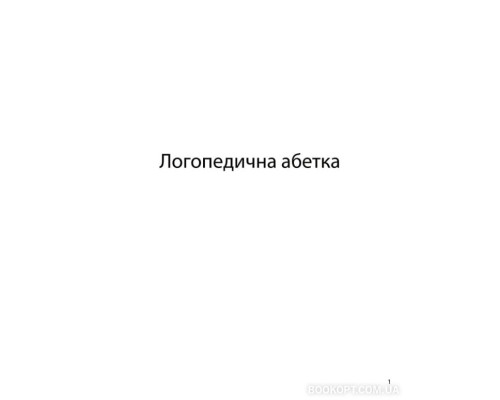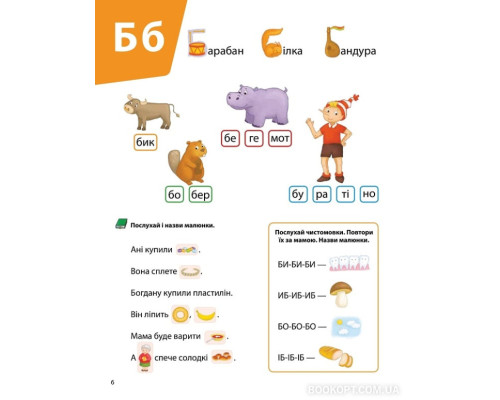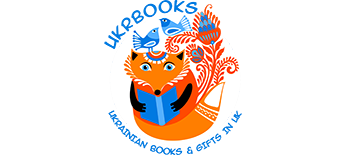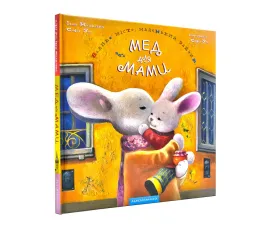Логопедична абетка


















In the "Speech Therapy Alphabet", the author Valentina Rozhniv offers your child 7 types of work for each letter:
1. Masked letters . At the top of the page are association pictures. The child sees a word in which the first letter is a picture that is graphically similar to the letter itself. These are words that should not only be read, but also considered. It should interest even those children who do not like to study, it will make them interested in reading. By considering such words, the child will develop imagination, fantasy, observation, imaginative thinking.
2. Pyramids of words. A pyramid of word-pictures. The pictures are on the steps. A series of words with an increasing number of syllables is offered: on the first step there is a picture with only one syllable in its name, on the second step there is a picture - a two-syllable word, on the third - a three-syllable word, on the fourth - a four-syllable word. In addition, "small", a monosyllabic word that stands on the first step, has a small size. As the word increases (in syllables), the size of the picture increases. In this way, the child learns to perceive words by ear, learns the concept of "small" and "big" word. Since there are no monosyllabic words that begin with a vowel, in such cases the vowel itself will be on the first step.
3. Nursery rhymes . An adult reads small rhyming lines to the child, to which the child must guess the last necessary word. This exercise teaches the child attentiveness, thinking, thoughtfulness, phonemic perception. The named word must begin with the given sound. This exercise activates auditory-visual intelligence, speech, thinking and trains memory, because the answer can be found among the pictures. This task can be printed in small print, as it is intended for reading by adults.
4. Pictorial poems. A child who cannot read can read these poems. But with an adult. Naming pictures instead of the necessary words, the child thinks about the content of the text, learns to match the endings of words in gender, number, and case. Learn to control and follow the rhythm and expressiveness of speech in the text.
5. Chistomovki. It involves repeating the syllable and naming the picture, highlighting the desired syllable in the word by voice. This is a very "speech therapy" exercise that trains diction, expressiveness of speech, automates the clear pronunciation of sounds in words, trains tempo, rhythmicity, and intonation expressiveness of speech. The child can repeat the suggested pure words after an adult or read independently. By reading syllables independently, the child will train visual perception and memory, learn to merge letters into syllables, which will speed up the process of mastering literacy.
6. Pictorial sentences. This task continues to develop speech, will train the skills of thoughtfulness and attentiveness. By saying picture words, the name of which begins with the right letter (sound), the child will improve and consolidate phonemic processes, that is, he will learn to hear, recognize, distinguish the sound in words, not to confuse sounds with sounds similar in sound. Mastering the skills of sound-letter analysis is the main key to literacy.
7. Chain. Along the bottom line of the page or around the perimeter of the page runs a ribbon or a chain of various graphic signs, among which the child must find and highlight (circle, cross out, or otherwise) the desired letter. This exercise trains visual attention, visual perception, and visual memory. The child checks himself whether he has memorized, mastered, learned a new letter.





